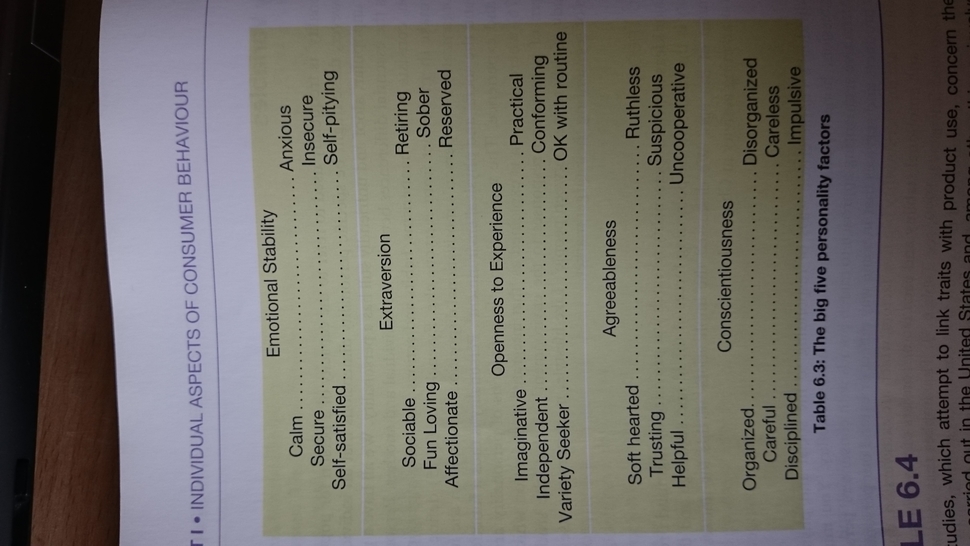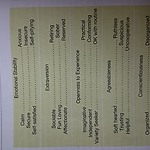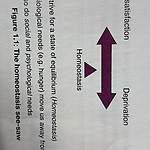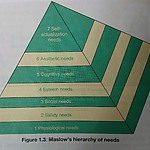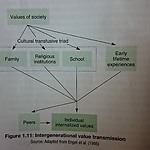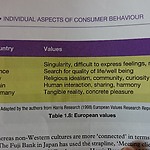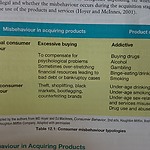In this part, there will be investigated what the knowledge of behaviour of humans can distribute to safety in the neighborhood. This analysis will be done through the experience of an industrial design engineer. First motivation behind an action will be described, than the needs of each individual, the set up for a personality analysis which shows that each individuals traits are different, the differences of values between people and last, misbehavior and underlying facts will be described.
Motivation
Motivation is a big concept in human behavior and is the driving force within human that let them make decisions or actions. People strive to have satisfaction of the biogenic or psychological drives, like eat and drink in order to live. People also have psychogenic drives, which has everything to do with our culture and social environment and social interactions. This could be e.g. the desire to be appreciated. Desire is the major force behind motivation. In figure 1 you see that a driving force is produced by tension, which moves us away from psychological equilibrium (homeostasis), because of unfilled needs (Evans, M, Jamal, A & Foxall, G , 2009).
There are two kinds of motivation, internal and external. Internal motivation comes ‘from within a person’ and is related to instinct, need or emotion. This motivation is often based physiological (hunger, thirst, sexual needs or needs for simulation). External motivation comes ‘from the environment’ and so it’s based on attractiveness of environmental stimuli (products and services). External motivation often becomes internal motivation in form of preference for certain situations (Evans, M, Jamal, A & Foxall, G , 2009).
Needs
Maslow’s hierarchy of needs describes that the lowest level must be satisfied before those at the next upper level becomes important (figure 3) (Evans, M, Jamal, A & Foxall, G , 2009).
1. Physiological needs: food, water and sleep
2. Safety needs: security of yourself, family, employment and health
3. Social needs: friendship, family and social intimacy
4. Esteem needs: self-esteem, confidence, achievement and respect by/of others
5. Cognitive needs: learning
6. Aesthetic needs: expression of creativity and aesthetic drives
7. Self-actualization needs: self-realization, activities which help develop personality.
So optimal satisfaction and therefore happiness can be reached by going through all seven stages.
Personality analysis
People can reach the same goal from different start conditions. This is called the equifinality principle. People can come to the same verdict along different cognitive roads and they like to be on a low cognitive level as possible (Faculteit Industrieel ontwerpen, 2007).
Traits are an individual’s characteristic ways of responding to the social and physical environment. This can be e.g. honesty, aggression or independence. The personality big five factors are extraversion, openness, agreeableness, conscientiousness and emotional stability. Each of this factors consists a continuum of more specific interrelated traits (Evans, M, Jamal, A & Foxall, G , 2009).
Values
Humans are not born with values, they are learned throughout growing up. Values are passed from one generation to another. The values you know depend on what kind of environment you live. Family, religious institutions and school plus early lifetime experiences leads to a model of intergenerational value transmission (figure 4). This is why there are differences in values between countries. Western values are characterized by being independent and individualistic while non-Western countries are known as interdependent and collective (Evans, M, Jamal, A & Foxall, G , 2009). Figure 6 shows the difference in values in European countries.
Misbehaviour
People can misbehave in different ways. In figure 7, the abnormal or illegal behaviour of different products are shown. There could be different underlying reasons for this kind of behaviour and this are mostly underlying psychological problems but can also be genetic, physiological, social and cultural (Evans, M, Jamal, A & Foxall, G , 2009).
Abnormal behaviour is the same as compulsive consumption behaviour as a response to an uncontrollable drive or desire to obtain or an experience of a feeling. Abnormal behaviour lead often to harm to the individual itself and/or others (Evans, M, Jamal, A & Foxall, G , 2009).
Illegal behaviour often leads to crime, but can also be self-cultivation for teenagers. Teenagers are developing their own identity, which includes for some of them rebelling against their parents by smoking, driving and sexual intercourse. However, in terms of illegal drugs use, this can lead to crimes like dealing but it can also lead to personal misery, illness and even death (Evans, M, Jamal, A & Foxall, G , 2009).
Conclusion
Motivation contributes to safety in the neighborhood, since this is the driving force within human that stimulates them to decisions and action. Internal motivations is related to instinct, need or emotion and this is difficult to change. However, external motivations is based on attractiveness of environmental stimuli and so the products and services of the neighborhood. External motivations often become internal motivations in form of preference for certain situations. This is why it is important to investigate the External motivations of Bouwlust and how this is influencing the internal motivations.
Maslow’s hierarchy of needs describes that the lowest level must be satisfied before those at the next upper level becomes important. This is why it is important that people feel satisfied in the seven stages, because this will define happiness and satisfaction, which is what we want to achieve in Bouwlust.
Human can come to the same verdict along different cognitive roads and they like to be on a low cognitive level as possible. This can be applied on the environment of Bouwlust to make everything as simple as possible e.g. the roads and signs. There must be taken into account that everyone has an own personality. And every individual with their characteristic is responding differently to the social and physical environment.
What also must be taken into account by changing Bouwlust into a safer neighbourhood is that each individual has other values. Especially citizens from non-Western countries will have different values than the Western. The facilitations in the neighbourhood, like schools and religious institutions are important factors by contributing to the values of the citizens.
To know the motivations, distribution of hierarchy, personality’s and values of Bouwlust, these factors should be analyzed.
Sources
Faculteit Industrieel Ontwerpen (2007).Onvoorspelbaar gebruik. In TU Delft. Dictaat IO1020, mens & product (pp. 19). Delft.
Evans, M, Jamal, A & Foxall, G (2009). Individual aspects of consumer behaviour. Consumer behaviour (Second Edition, pp. 10, 12, 30)
